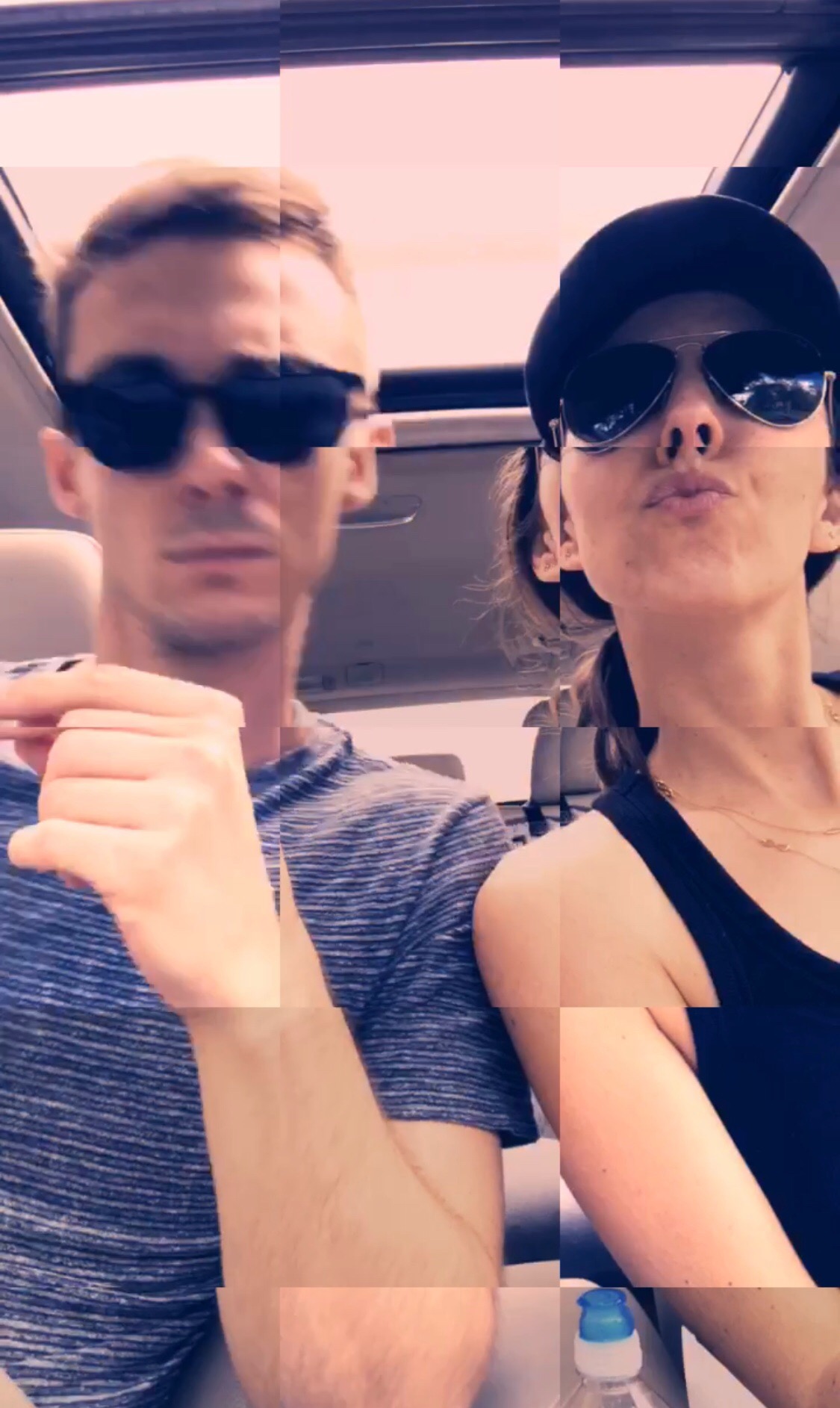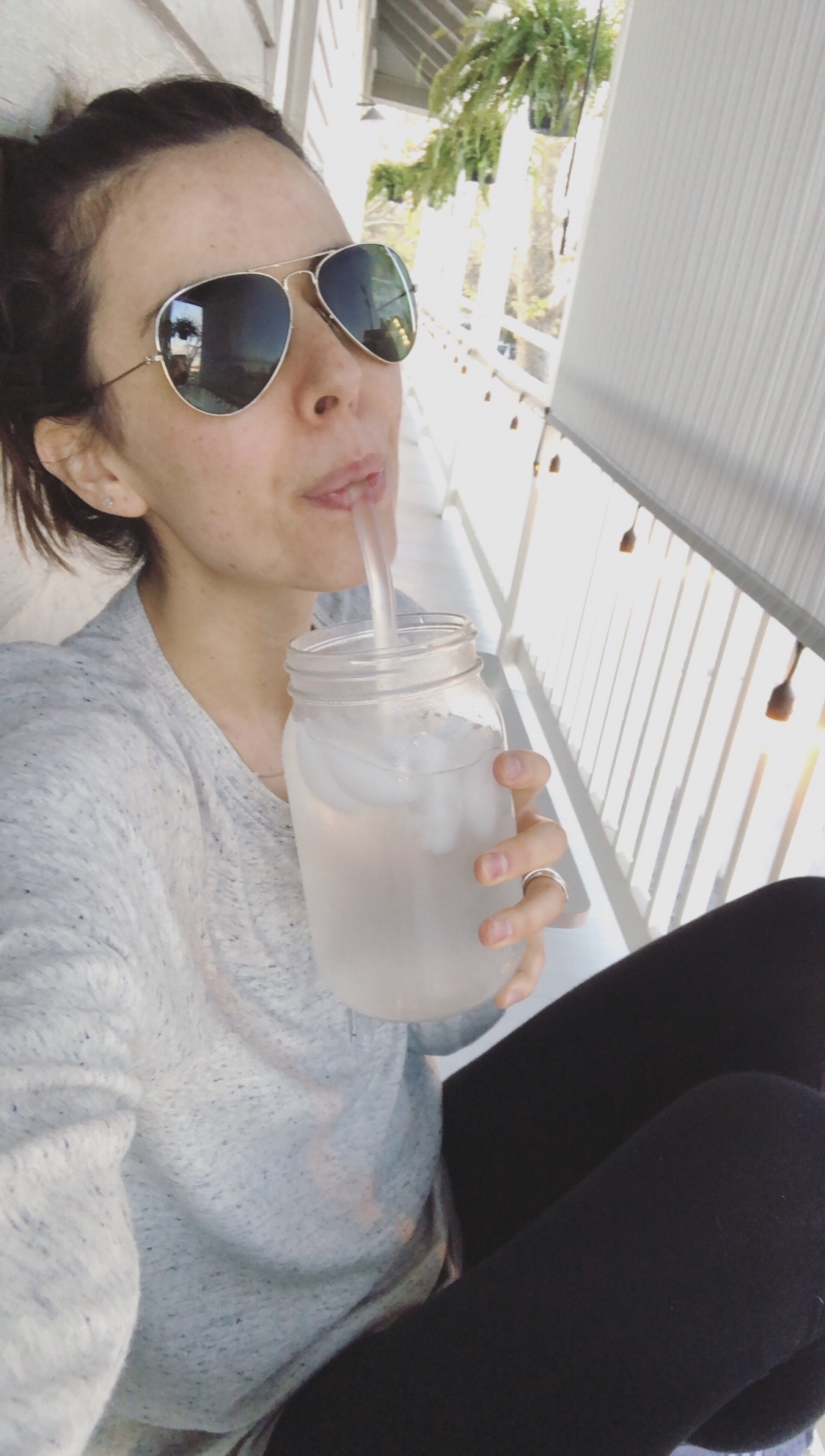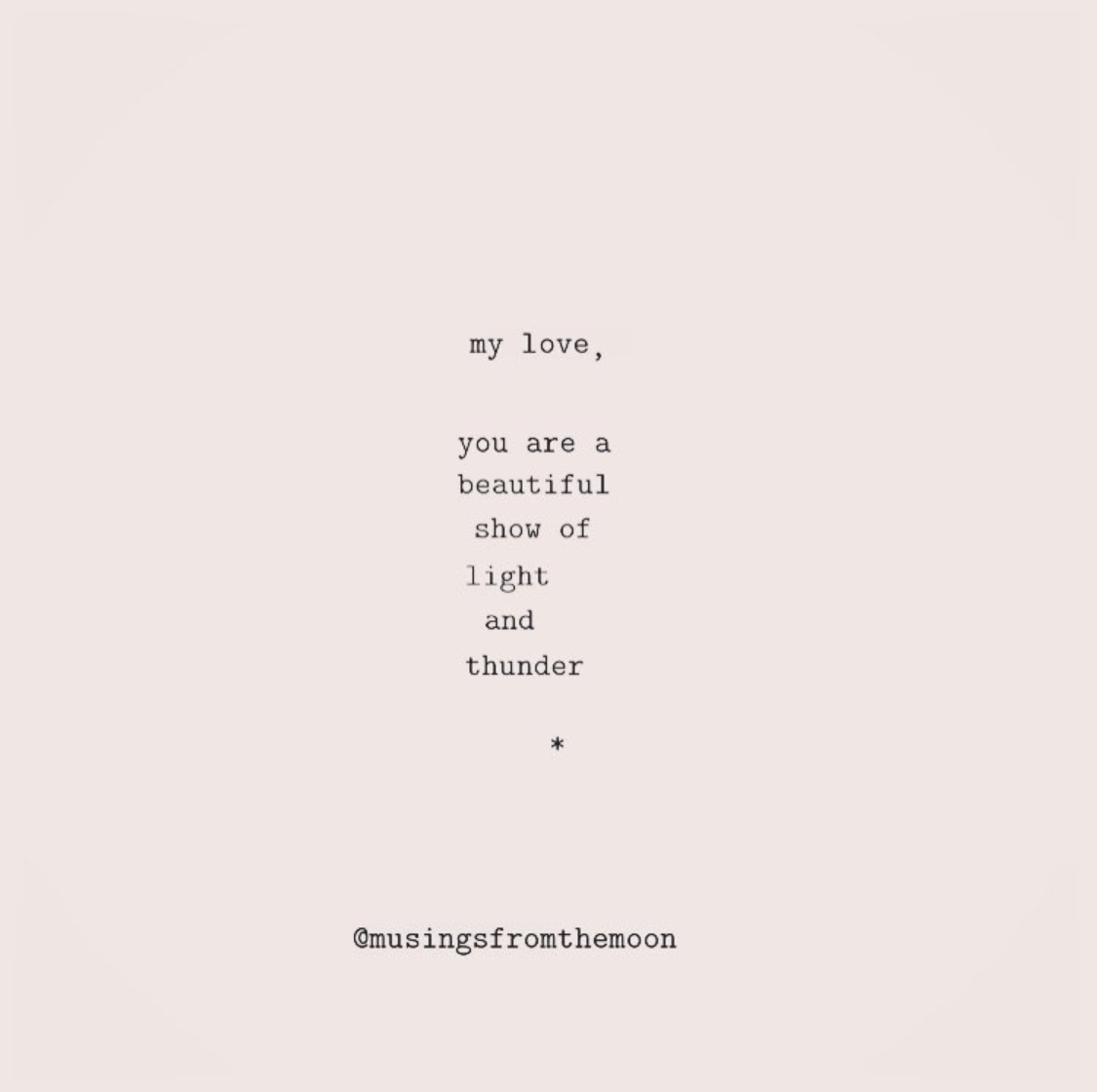A Joy Permission Slip for Hard Days
My finger hovered over the post button as my thoughts seemed to pull on either side of a tug-o-war rope. My boyfriend and I had just taken a video dancing in the car to Larger than Life (always 90’s throwbacks for car jams, obviously), and the video had captured moments full of laughter and pure joy.

Gettin our Backstreet Boys groove on
As I watched the video and stalled over the upload button, I couldn’t help but wonder what others would think when they saw it and if it was misrepresenting my day to post such a carefree moment on social media. Would people ever believe that most of that day was actually full of time spent in bed with a raging migraine and unrelenting nausea if they saw something like this on my account? This hesitation to share such a happy moment made me feel uneasy and oddly shameful.
I ended up posting the video. As I tallied the “reasons to post” against “reasons not to post” in my head, the logic for not posting boiled down to fear of how others would perceive me. Whether they would invalidate my greater struggle after seeing these few moments that did not reflect it.
This singular experience is part of a common thread that someone living with chronic illness must weave into many of their days. If we share only the good, will we be perceived as not really struggling that much? However, if we share only the bad, are we being dramatic and gloomy? It’s a difficult tightrope to try and walk, because it is a difficult concept to explain.

Best moment of a very hard day
In my experience, both “good” moments and “bad” moments vary in quantity and length every single day. I can tell you that on some of my very worst days, there have been moments where I’ve laughed and smiled (even if only at the absurdity of how terrible things felt). Lying in the ER with my boyfriend and his sister-in-law holding my hand on either side the bed while a nurse inserted my first catheter — urging me to “just relax” — was certainly one of those days. When the nurse left the room, through teary eyes, I couldn’t help but laugh-cry about how we had all just witnessed one of the hardest moments of my life together. It was a genuinely funny moment in between many other genuinely terrible ones that day.
However, the day to day of navigating good moments and challenging moments is much more nuanced than my ER living nightmare. More often, I experience a challenging morning, followed by a walk outside in the sun. Or I am able to help cook dinner and dance around the kitchen, but forced several hours later to retreat to my bedroom with an ice-pack and medication; knowing it is one of those evenings where even watching Netflix won’t be an option because the migraine pain is so intense. It’s resting all day so I can go to the grocery store with my boyfriend when he finishes classes, and running into a group of friends who assume I’ve had a jam packed day of activity because I look and seem “fine”. It’s smiling and hugging goodbye at a family get together, only pulling my hat down low once our car leaves the driveway; closing my eyes in pain while my boyfriend and I drive home in silence because I’ve spent all my spoons.

From one of my favorite accounts, @musingsfromthemoon
There are so many tough moments of living with chronic illness, that it seems absurd to feel “guilty” or “embarrassed” to share the good moments. Just like the moon and the sun coexist, so do these good and bad moments. The good moments in no way invalidate the struggle or hard moments.
Whether the magnitude of this daily struggle is understood by other people is something that I don’t want to cause me to hold back from diving fully into and sharing my joyful moments when they occur.
So whatever day it is and whatever moment it is, I’m issuing both myself and you a joy permission slip (with unlimited redeemable uses). I am allowed, you are allowed, we are allowed… to feel and share joy whenever it shows up and whenever we want to.
February 26, 2019
Meet Natalie
I share each step along my road to wellness and healing and hope that in doing so I can inspire you along your own path. Thank you so much for being here.